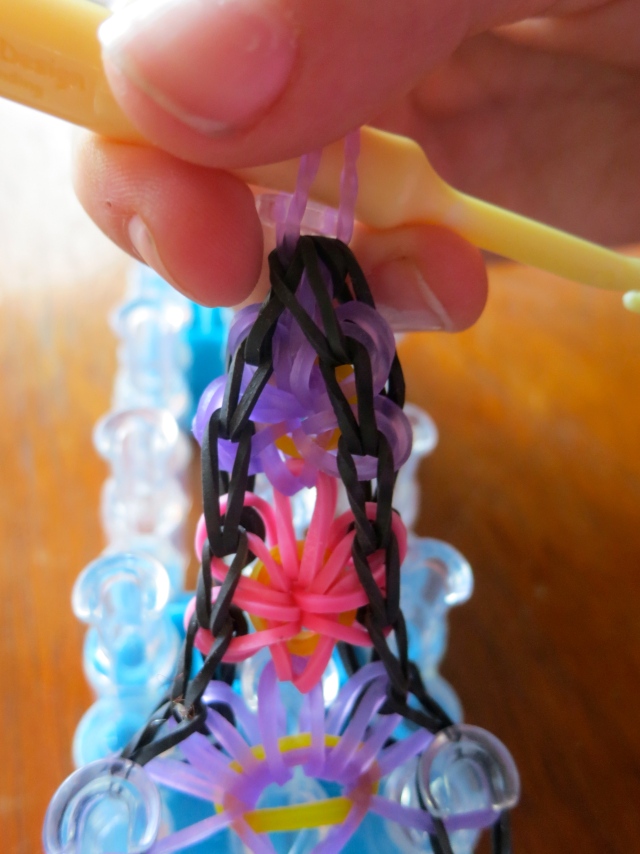
There are little plastic rubber bands all over our house. On my way upstairs this morning, I noticed them strewn on the stair treads like colorful flower petals after a spring storm. That’s because my 11 year-old son spent more than an hour yesterday at the top of the stairs, “where the light is good”, perfecting his starburst bracelet on the Rainbow Loom. Technically, it’s his 8 year-old sister’s, but his Rainbow Loom will be arriving tomorrow via Amazon Prime. He used some of his Christmas money to buy one for himself.
Anyone with kids in elementary or middle school will understand what I’m talking about, but this is something worth talking about even if you don’t have kids. The Rainbow Loom has been popular for months. What is striking for me as a parent, however, is that this is a toy that is equally popular with both boys and girls. Of the more than $3 million in sales since August, almost half of the Rainbow Looms reportedly were purchased for boys.
I first noticed the Rainbow Loom’s gender-neutral popularity last month at a PeeWee hockey tournament. Since the tournament was out-of-town, the team and their families were all staying at the same hotel. I noticed that all of the younger siblings – especially the boys – were prodigious Rainbow Loomers. A group of younger brothers, all 9 and 10, were Rainbow Looming by the pool. Later that night, they were Rainbow Looming at the rink before the game.
“Do the guys on your team like to Rainbow Loom, too?” I asked my son. He’s one of the youngest on his PeeWee team; most of the boys are already 12.
“Sure,” he said. “But we didn’t have much time for it this weekend. You know, because we had to focus on hockey.”
Before my oldest son was born 14 years ago, I thought I could raise my kids in a gender-neutral way. I had a wide range of toys on hand for him to choose from, including a baby doll. But he and his younger brother showed no interest at all in playing with dolls or stuffed animals or Barbies or anything like that. When I caught them drop-kicking the doll, I finally gave it away to a more loving home. By the time our daughter was born, we had no toys left that could be characterized as stereotypically female. That is, until the day that I found her cradling a Darth Vader action figure. She was kneeling next to a bowling pin that she had put to bed with a Kleenex for a blanket. The premise of my nurture v. nature theory having been blown out of the water, I took her to Target and let her pick out a baby doll. At eight, she is still taking excellent care of her “family”.
The bigger lesson for me was that kids will choose to play with what is interesting to them. My kids inherited a substantial Hotwheels collection from my brother, but the boys never played with them much. My daughter has always enjoyed playing with the cars, although she often plays with them differently. Sometimes I’ll find them all lined up by color, for example. Instead of making car noises like “Vroom! Vroom!”, the conversations I’ve overheard coming out her room are about relationships. “Oh, Baby car! Are you lonely? Do you want to park by Mommy car?”
Toy choice is the single most sex-typed behavior that children display. Sure, my daughter chooses the stereotypical feminine toy most of the time.But the point is that she should be able to play with any toy and in any way that she wants to, regardless of what our society traditionally dictates as the appropriate gender-based toys. And that goes for her brothers, too.
This holiday season, my daughter and I talked a lot about the gender-based marketing of toys. It’s especially noticeable in the toy section – some stores even have aisles blatantly identified with pink for girls and blue for boys. On the same toy aisle where she picked out her first baby doll, we noticed a ultra-pink display for “Lego Friends”. My daughter, unimpressed at this new line of Legos marketed to girls, observed that, “I don’t get it. It seems like they should just sell all the Legos in the same aisle.”
Which brings me back to the Rainbow Loom, a toy that has grown tremendously popular without much marketing at all. Rainbow Loom is popular because of word of mouth and YouTube. Kids decided it is cool and fun to Rainbow Loom, and they shared that information (along with the colorful, plastic bracelets) with each other.
I witnessed something similar last summer when my son and the other boys at camp were obsessed with fingerweaving. I have a mental picture of a group of them, all 11 and 12 years old, sitting around and fingerweaving during their free time. In the middle of the circle was a huge mound – yards and yards and yards – of their collective fingerweaving. Every once in a while, someone would call out, “I need more yarn!” and someone else would make a run for the craft room. Fingerweaving was cool and fun in their social context and everyone, regardless of sex, was doing it.
I see the same phenomenon with the Rainbow Loom. When tween boys are making jewelry at the hockey rink, you know it is not a popularity bogged down by gender-stereotypes.
“Why do you like to make things on your Rainbow Loom?” I asked my daughter. “Because it is creative and fun!” she replied.
When I asked my son the same question, he replied, “Because it’s fun. And creative.”
That pretty much says it all. In a gender-biased world, they found a gender-neutral toy that they both love for the same reasons. So I ordered them each a new package of 1800 colorful little rubber bands. I won’t even mind picking them up off the floor.
The Rainbow Loom – and the kids that have made it wildly popular – give me hope. Hope that this generation will keep our society moving, slowly but surely, towards gender equality.
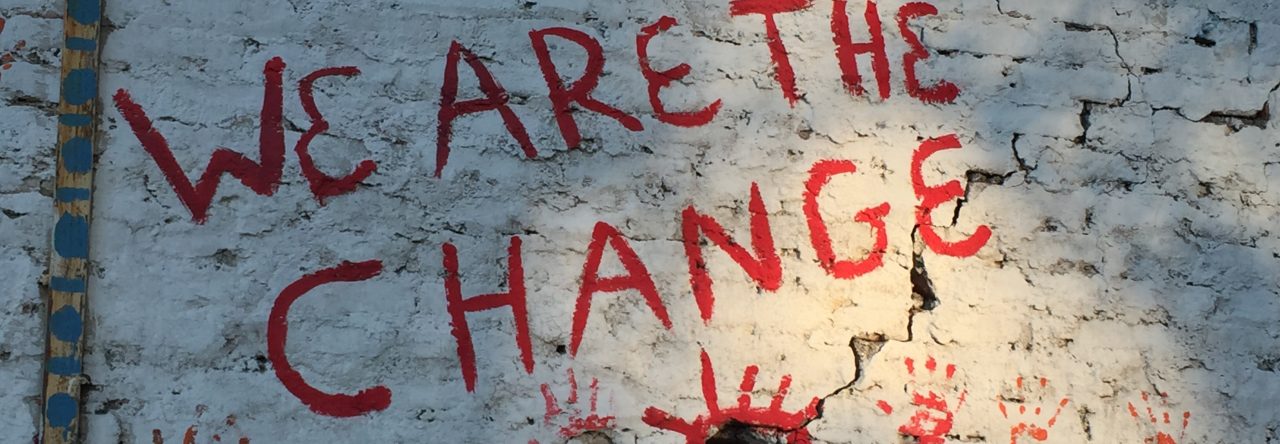


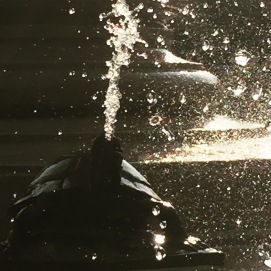


























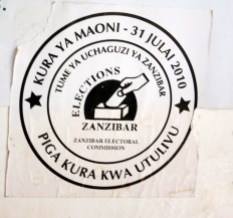






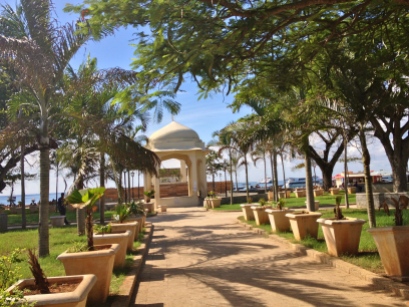
















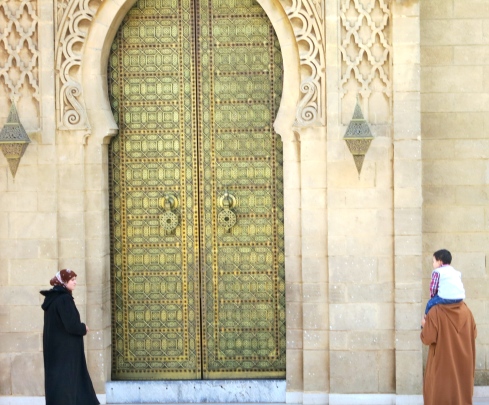







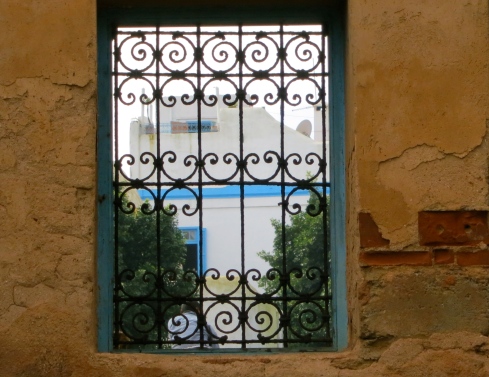








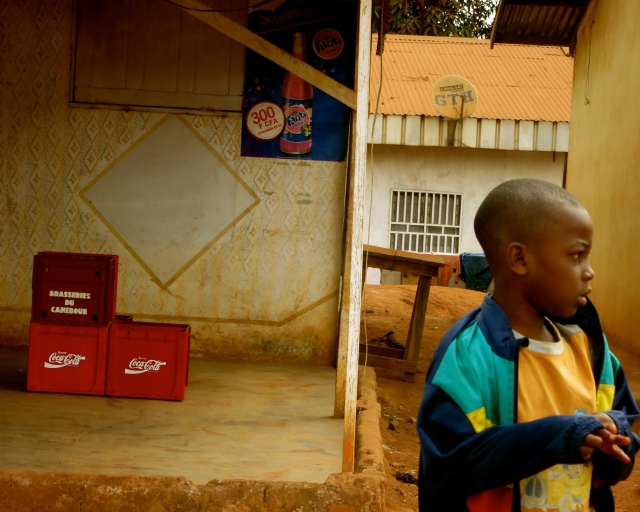


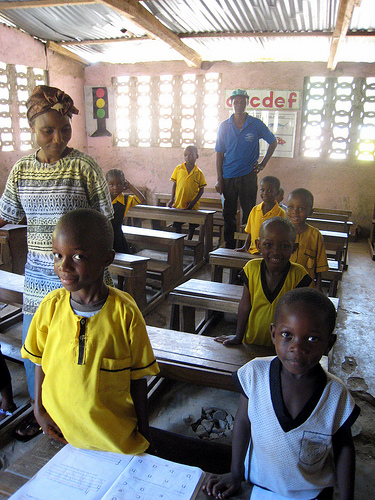
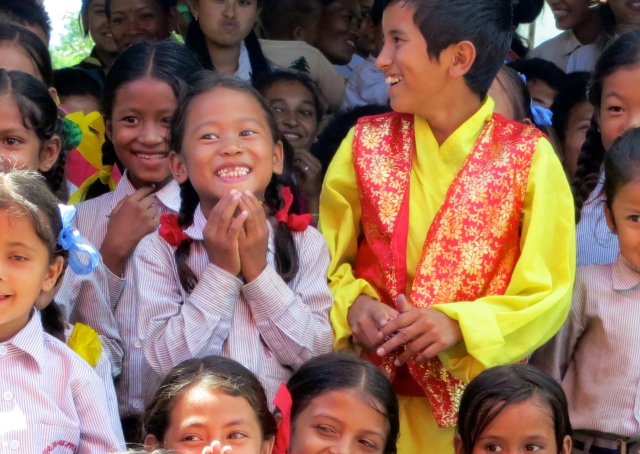


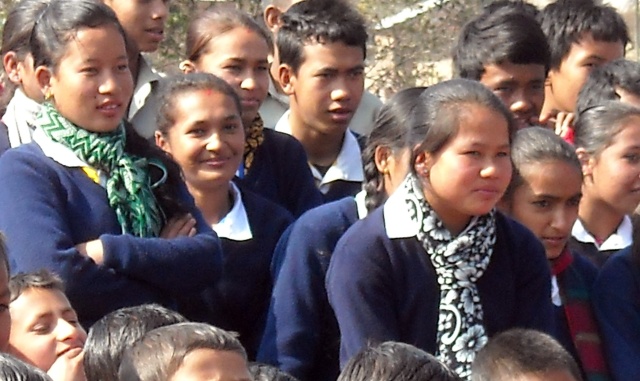

You must be logged in to post a comment.